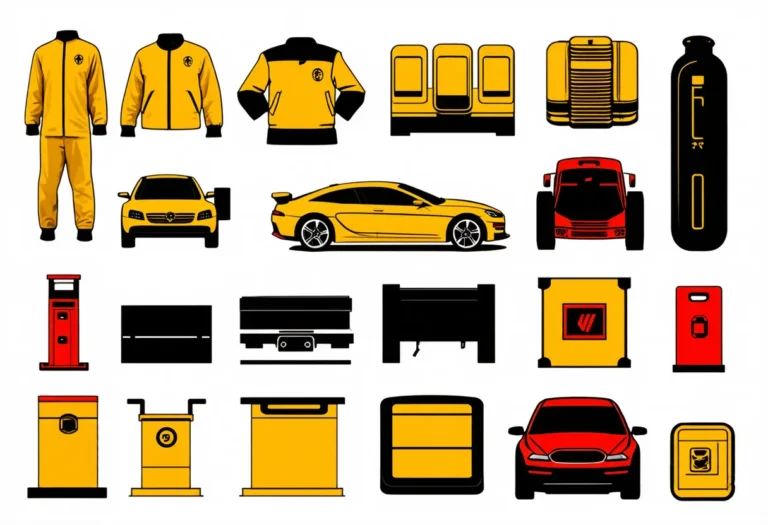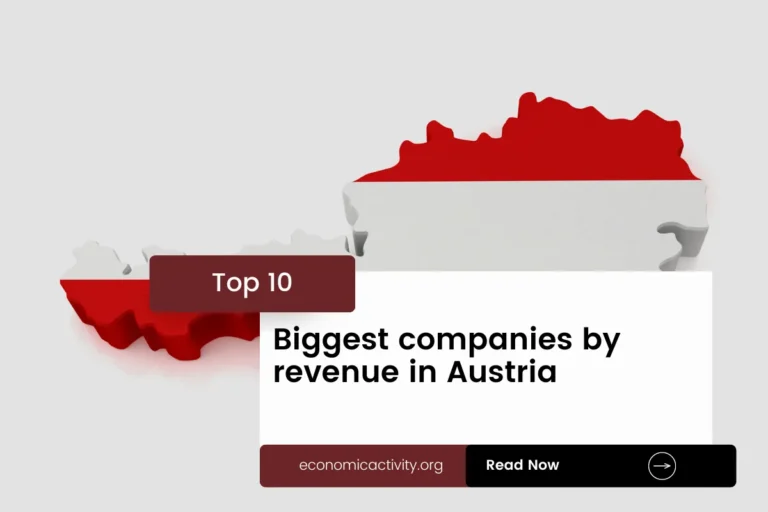Tunisia, with a population of 12,356,117, is ranked 76th in the world, just behind Burundi. Located in North Africa, it covers a total area of 163,610 square kilometers, ranking 88th globally, just below Suriname.
Tunisia’s economic position in 2022 is marked by a GDP of $46,303,552,449.35, ranking it 90th globally. It falls behind Jordan, which has a GDP of $48,653,381,780.64. In terms of GDP per capita, Tunisia ranks 124th with $3,747.42. It lags behind Cabo Verde, which has a GDP per capita of $3,754.30.
Despite facing challenges, Tunisia continues to strive for economic growth and stability, focusing on sectors such as tourism, agriculture, and manufacturing to boost its economy and improve the standard of living for its citizens.
What are the economic activities of Tunisia?
- Primary activities: 10.1% of GDP.
- Secondary activities: 26.2% of GDP.
- Tertiary activities: 63.8% of GDP.

Primary Sector of Tunisia
The primary sector in Tunisia, mainly focused on agriculture, thrives due to its favorable climate and abundant natural resources. With 62.44% of the country’s land dedicated to agriculture, Tunisia produces a diverse range of crops and animal products. The main agricultural products include milk, olives, tomatoes, wheat, barley, watermelons, chilies/peppers, potatoes, dates, and oranges.
Despite agriculture contributing 10.1% to the GDP, its significance lies in the variety and importance of these products to the sector. The country’s agricultural sector benefits from a wide array of crops and animal products, showcasing its vital role in sustaining the economy.
With a diverse geological landscape, Tunisia boasts abundant natural resources such as petroleum, phosphates, iron ore, lead, zinc, and salt. These resources play a significant role in the country’s economy, driving sectors like mining, energy, and manufacturing, contributing to its economic growth and development.
Tunisia’s oil production of around 35,247 barrels per day places it at the 40th position in the world ranking. With oil reserves of 425 million barrels, the country holds 0.03% of the world’s oil reserves, further solidifying its economic activity in the oil sector.
Tunisia’s gas production of 1.575 billion m³ in 2020 ranks it 61st globally, boosting economic activity.
Secondary Sector of Tunisia
What is the secondary sector or what are secondary activities?
The secondary sector involves industries that transform raw materials from primary activities into finished products for consumption. In Tunisia, the main industrial products include petroleum, phosphate, iron ore, textiles, footwear, agribusiness, and beverages. These products are manufactured for domestic consumption and exportation, contributing significantly to the country’s economy.
Manufactures play a crucial role in Tunisia’s total exports, accounting for 78.1% in 2023. This highlights their significant contribution to the country’s economy and trade balance.
Tertiary sector of Tunisia
What is the tertiary sector or what are tertiary activities?
The tertiary sector in Tunisia encompasses a wide range of services that focus on providing knowledge and expertise to enhance productivity and meet various needs. This includes activities such as restaurants, healthcare and medical care, education and training, banking and finance, communication and information exchange, media production and distribution, tourism and hospitality, and transportation and logistics. These services play a crucial role in driving the economy and improving the overall quality of life for the people in Tunisia.
Notably, Tourism plays a crucial role in Tunisia’s economy, contributing significantly to its GDP and employment. With an impressive 9,429,000 annual arrivals, accounting for 0.7631 tourist arrivals per capita, popular destinations like the ancient city of Carthage and the Sahara Desert attract visitors worldwide, boosting the country’s economic growth and development.
Another example of tertiary economic activity is the mobile cellular sector, with approximately 16 million subscriptions, equating to 129 per 100 inhabitants. This connectivity fosters technological growth, enhancing digital services and innovation.
Military Activities and Economic Sectors of Tunisia
The military is a clear example of various economic activities working together. In the primary sector, resources are extracted for military needs, like metals for weapons. The secondary sector involves manufacturing military equipment, such as vehicles and weapons. The tertiary sector includes services provided by the military, while the quaternary sector focuses on research and development for advanced technologies. Finally, the quinary sector deals with high-level military decision-making and strategy.
In Tunisia, the military expenditure for 2023 is $1,208.2 million, which is 2.47% of the country’s GDP. The active military force consists of 35,800 personnel, resulting in about 4.2 active military members for every 1,000 people in the population.
Biggest company in Tunisia
Which is the biggest company in Tunisia? The largest is Republic Financial Holdings, valued at approximately $3.22 billion. It operates in the banking industry, part of the tertiary economic sector. This company was founded in 1996 and plays a vital role in Tunisia’s financial landscape.
International Trade of Tunisia
Import Activities of Tunisia

Tunisia’s high import activities, accounting for 61.38% of GDP, are crucial for meeting domestic demand and driving economic growth.
Tunisia’s import activities are diverse, with top partners being Italy and France. Key imports include refined petroleum, natural gas, plastic products, wheat, and cars from countries like China, Germany, and Turkey.
Exports Activities of Tunisia

In 2023, Tunisia’s total exports reached $22.86 billion, accounting for 49.36% of its GDP. Export activities play a crucial role, with high importance in driving the country’s economy and fostering international trade relationships.
Tunisia’s export activities are diverse, with key partners including France, Italy, Germany, Spain, and Libya. Major export commodities include garments, insulated wire, refined petroleum, crude petroleum, and pure olive oil.
Tunisia economy challenges in 2024
Tunisia, a lower middle-income North African economy, faces challenges in 2024. High unemployment, especially among youth and women, persists. The country is grappling with the impact of COVID-19, high public sector wages, and debt. Drafting reforms for foreign lenders and implementing protectionist austerity measures are crucial. Despite being a key EU trade partner, Tunisia struggles to stabilize its economy.



Leave a Reply